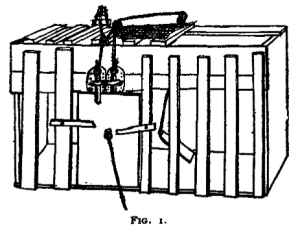Module 15: Animal Cognition
 Description: How similar is animal thinking to human thinking? This module explores cognitive processes across species, examining both similarities and differences between human and animal cognition. We investigate whether animals have consciousness, use language, and engage in complex problem-solving, considering what these comparisons tell us about human cognition.
Description: How similar is animal thinking to human thinking? This module explores cognitive processes across species, examining both similarities and differences between human and animal cognition. We investigate whether animals have consciousness, use language, and engage in complex problem-solving, considering what these comparisons tell us about human cognition.
Why This Module is Important: Understanding comparative cognition helps counseling practice in surprising ways. Therapists use this knowledge to help clients understand basic emotional and cognitive processes that humans share with other species, providing insight into anxiety, fear responses, and social behaviors. This evolutionary perspective helps counselors explain to clients why certain cognitive and emotional patterns are so resistant to change. Beyond therapy, these principles inform animal training methods, guide artificial intelligence development, and help researchers understand the evolution of cognition. This knowledge provides a broader perspective on human cognitive capabilities and limitations.

Module Learning Objectives: By the end of this module students will be able to…
- MLO1: Compare cognitive abilities across species. (CLO1, CLO2, ULO5, APA1, APA2)
- MLO2: Evaluate evidence for animal consciousness. (CLO4, ULO5, APA4)
- MLO3: Apply evolutionary perspectives to cognitive processes. (CLO2, CLO5, ULO5, APA2, APA5)
Media Attributions
- Original Puzzle Box Apparatus Design by E.J. Thorndike, Public domain image
- Animal Farm Strip Cartoon from the National Archives UK, Public domain image
